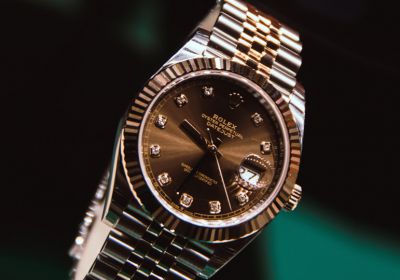Mastering the Ice: A Step-by-Step Guide to Selecting the Perfect Ice Skates
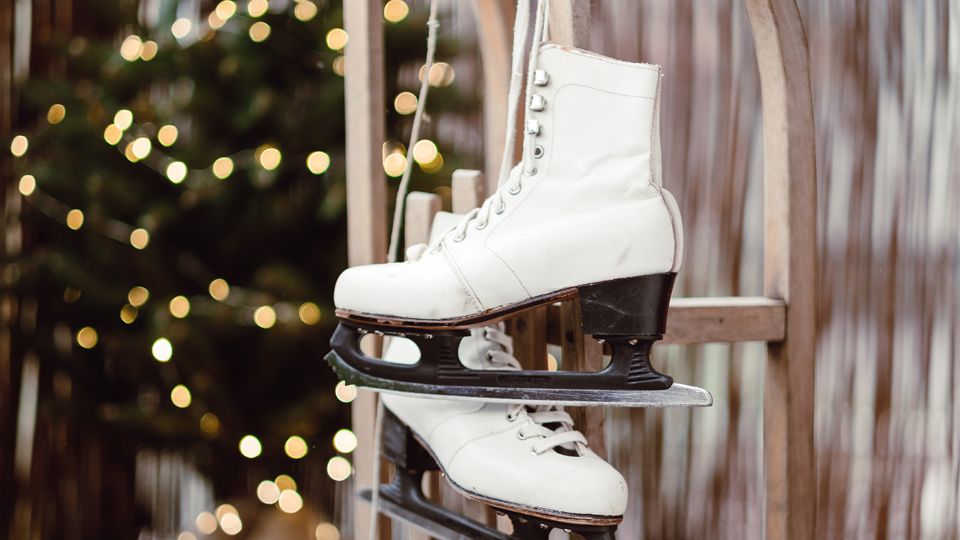
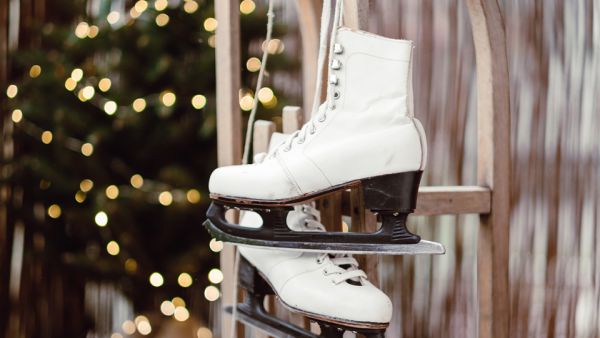
Imagine a crisp winter’s day, the air tinged with frost, as you lace up your ice skates and step onto the glistening frozen surface. With each graceful glide, you effortlessly carve intricate patterns on the ice, feeling the exhilaration surge through your veins. Ice skating is a timeless activity that captivates both the young and the young at heart, evoking a sense of joy and freedom like no other.
But beneath the sheer delight lies a crucial element that can elevate your ice skating experience to new heights – the art of choosing the right ice skates. Just as a painter requires the perfect brush and a musician seeks the finest instrument, selecting the ideal pair of ice skates holds paramount importance. It can be the key that unlocks your true potential on the ice, allowing you to move with precision, speed, and confidence.
In this comprehensive guide, we embark on a journey through the world of ice skates, unraveling the secrets and intricacies that lie behind each blade and boot.
We will explore the different types of ice skates, assess your skill level and skating style, delve into sizing and fit considerations, evaluate blade features, explore boot options, and highlight additional factors to keep in mind.
By the end, you will be equipped with the knowledge and understanding needed to make an informed decision, choosing the perfect pair of ice skates that aligns with your needs and aspirations.
1. Different types of ice skates
Ice skating, like many other activities, offers a variety of specialized tools that cater to different styles and preferences. Let’s explore the captivating world of ice skates, where each type holds its own distinct characteristics and purpose.
Figure skates
Picture a graceful figure skater effortlessly twirling and gliding across the ice, captivating audiences with their artistry. Figure skates are specifically designed for the elegance and precision required in figure skating. These skates feature a classic, graceful design with a high boot that provides exceptional ankle support. The blade of a figure skate is longer and curved at the ends, allowing for graceful turns, jumps, and intricate footwork.
Hockey skates
For those seeking a fast-paced and dynamic ice experience, hockey skates are the ultimate choice. Hockey skates prioritize speed, maneuverability, and durability to meet the demands of intense gameplay. They feature a lower-cut boot that allows for a wider range of motion and quick transitions. The blade is shorter and flatter, providing stability and agility required for quick changes in direction.


Recreational skates
If you’re looking to enjoy a leisurely skate with friends or family, recreational skates are the perfect option. Designed for comfort and versatility, these skates are suitable for casual ice skating sessions and outdoor rinks. Recreational skates often feature a soft boot construction, providing ample comfort and flexibility. The blade design strikes a balance between stability and maneuverability, allowing for enjoyable glides on the ice.
Speed skates
Seeking the exhilaration of speed and record-breaking moments? Speed skates are purpose-built for those with a need for velocity. These skates boast a sleek, aerodynamic design with long blades and a low-cut boot. The focus is on maximizing forward momentum, minimizing drag, and achieving top speeds. Speed skates are typically utilized in competitive speed skating events.
2. Key differences between ice skates
Understanding the main characteristics of skates is also crucial to choosing the right pair for your specific needs and aspirations.
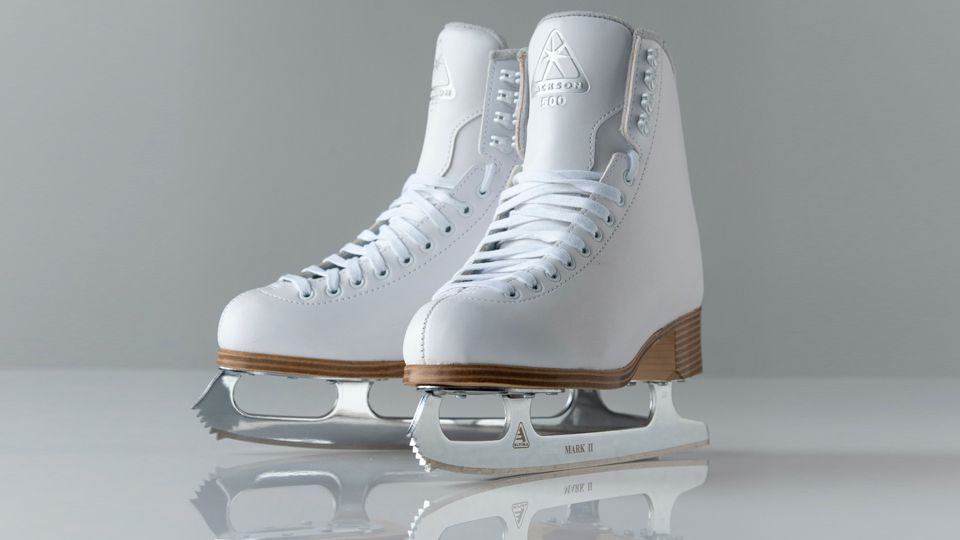
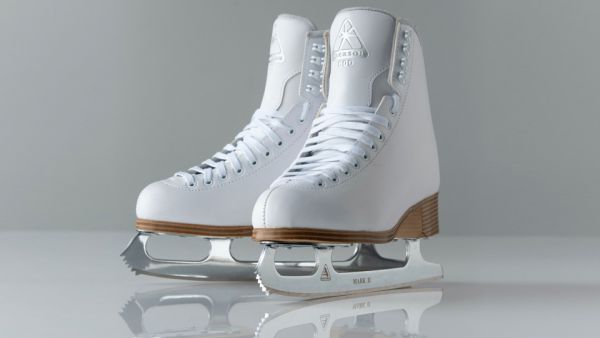
Blade design and construction
The blade is the fundamental component of an ice skate, and its design can greatly impact performance. Figure skate blades have a graceful curve at the ends, known as the toe pick, which aids in executing jumps and other maneuvers. Hockey skate blades, on the other hand, are flatter and lack a toe pick to ensure agility and quick movements. Speed skate blades are long and flat to maximize gliding efficiency.
Boot structure and materials
The boot serves as the foundation for stability, support, and comfort. Figure skate boots are typically higher and stiffer to provide optimal ankle support for intricate footwork. Hockey skate boots are lower and more flexible, allowing for quick turns and agile movements. Recreational skate boots prioritize comfort and often have softer, more padded constructions. Speed skate boots are low-cut and focused on minimizing weight while maintaining stability.
Support and flexibility
Different ice skaters have varying needs when it comes to support and flexibility. Figure skates offer higher levels of ankle support to facilitate jumps and landings. Hockey skates prioritize flexibility for swift movements and quick transitions on the ice. Recreational skates provide a balance between support and flexibility to accommodate a range of skating styles. Speed skates emphasize minimal weight and flexibility to maximize speed.
3. Assessing Your Skill Level and Skating Style
As you embark on your ice skating journey, it’s essential to evaluate your skill level and skating style to ensure that you find the perfect ice skates to match your needs. Whether you’re a beginner taking your first wobbly strides, an intermediate skater refining your technique, or an advanced enthusiast seeking to push your boundaries, let’s explore the key considerations for each level.
Beginner skaters
- Importance of stability and ankle support: For those just starting, stability and ankle support are paramount. Beginner skaters often require extra support to help them maintain balance and build confidence on the ice. Look for ice skates with higher boot designs that provide ample ankle support, reducing the risk of twisted ankles and ensuring a stable foundation for learning.
- Optimal blade and boot features: As a beginner, prioritize blades with a moderate length and a slight curve at the ends. These features facilitate maneuverability and gradual turns while offering stability. Additionally, boots with softer padding and more forgiving materials will enhance comfort during the learning process.
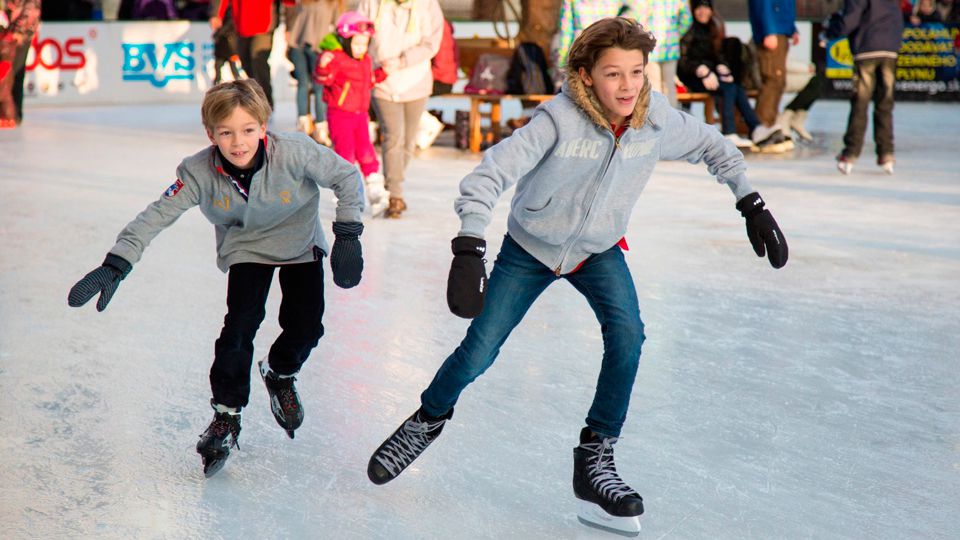
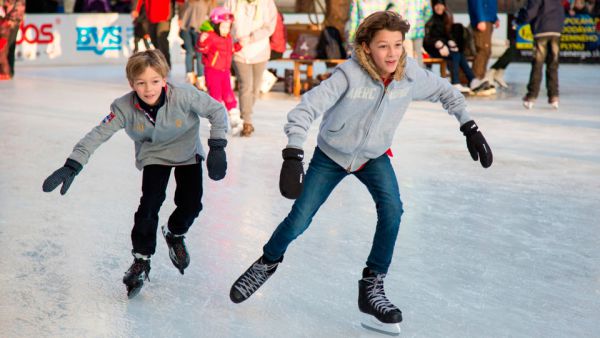
Intermediate skaters
- Balance between support and maneuverability: Intermediate skaters have developed a basic foundation and are looking to enhance their skills. At this stage, it’s important to strike a balance between support and maneuverability. Consider ice skates with slightly lower boot designs that offer increased flexibility and freedom of movement, enabling you to explore more advanced techniques.
- Enhancing performance through blade and boot specifications: As an intermediate skater, you can start fine-tuning your ice skates to boost your performance. Look for blades with improved edge control and a more aggressive profile, allowing for sharper turns and better precision. Boots with enhanced stiffness and reinforcement in key areas can provide the necessary support for more advanced jumps and spins.
Advanced skaters
- Prioritizing performance and precision: Advanced skaters demand ice skates that cater to their higher skill level and ambitions. At this stage, focus on ice skates that prioritize performance and precision. Seek out boots with advanced features such as carbon fiber reinforcement, providing maximum power transfer and responsiveness. These boots should offer exceptional ankle support while allowing for increased flexibility and movement.
- Fine-tuning blade and boot preferences: Advanced skaters often have specific preferences when it comes to blade and boot specifications. Experimenting with different blade profiles, lengths, and materials can optimize performance based on individual skating style and discipline. Customization options, such as heat molding the boot for a personalized fit, can provide that extra edge.


By assessing your skill level and skating style, you can align your ice skate choices with your current abilities and goals. Remember, finding the perfect ice skates is an ongoing process that evolves with your progression.
4. Sizing and Fit Considerations
When it comes to ice skates, proper sizing and fit play a crucial role in ensuring comfort, stability, and optimal performance on the ice. Let’s explore the key considerations to help you find the perfect fit for your feet.
Importance of proper sizing
Getting the right size of ice skates is of paramount importance. Ill-fitting skates can lead to discomfort, blisters, and even affect your balance on the ice. Additionally, choosing the correct size enhances power transfer and control, allowing you to glide with confidence.
Measuring and determining the right skate size
To determine the right skate size, it’s recommended to follow the sizing guidelines provided by the manufacturer or retailer. Most ice skates follow standard shoe sizing, but it’s essential to refer to specific sizing charts for accuracy. Measure your feet with socks on, using a measuring tape or ruler, and refer to the manufacturer’s instructions on how to interpret the measurements.
Remember that different skate brands may have slight variations in sizing, so it’s always wise to try on multiple sizes and brands to find the best fit.
Addressing width and foot arch considerations
In addition to length, the width of your foot and the shape of your arch should be taken into account. Ice skates are available in various widths, ranging from narrow to wide. If you have wider feet, look for ice skates specifically designed for wider widths to ensure a comfortable fit. Conversely, those with narrower feet may benefit from ice skates with a narrower fit.
Consider your foot arch as well. If you have a high arch, look for ice skates that offer additional arch support to avoid discomfort and maintain proper alignment during skating.
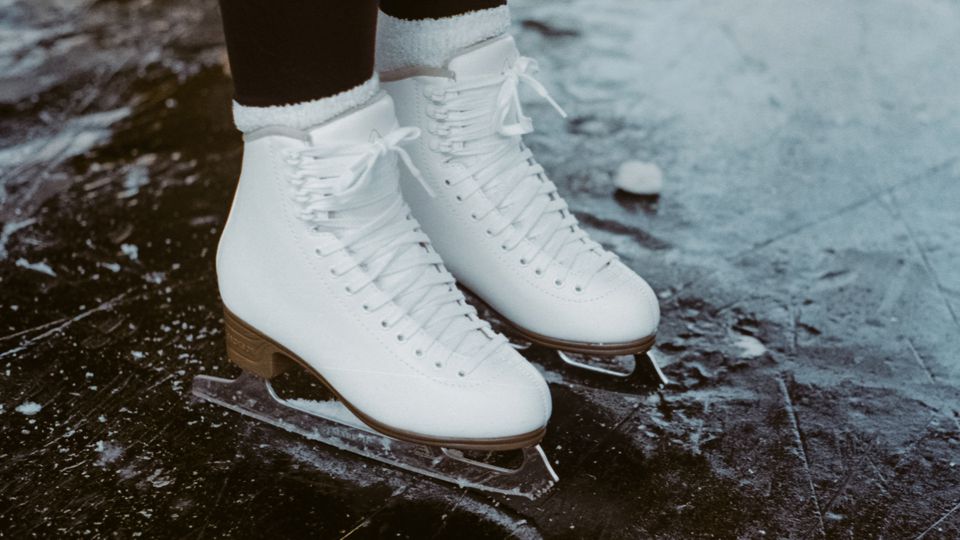
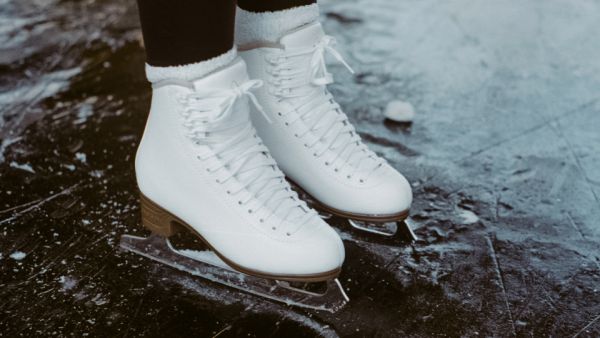
Understanding break-in periods and adjustments
It’s important to note that ice skates often require a break-in period. Initially, the boots may feel stiff and snug, but with time, they will mold and conform to the shape of your feet, providing a more comfortable fit. Be patient and allow for this break-in period before making any adjustments or concluding that the skates don’t fit correctly.
During the break-in period, make sure to wear appropriate socks to minimize friction and blisters. Thin, moisture-wicking socks are recommended for optimal comfort and to prevent excessive foot movement inside the skates.
Keep in mind that minor adjustments may be needed even after the break-in period. Lace tightening, tongue placement, or adding additional padding or insoles can help fine-tune the fit for maximum comfort and performance.
By paying attention to proper sizing, measuring your feet accurately, considering width and arch support, and understanding break-in periods and potential adjustments, you can ensure that your ice skates fit like a glove, providing the foundation for an enjoyable and confident skating experience.
5. Evaluating Blade Features
The blade is the heart and soul of an ice skate, dictating your performance, control, and maneuverability on the ice. Let’s delve into the fascinating world of blade features, exploring the key factors that can make all the difference in your skating experience.
Blade length and profile
The length and profile of the blade significantly impact how you glide and maneuver on the ice. Blades come in various lengths, and choosing the right length depends on your skating style and discipline.
Shorter blades offer agility and quick maneuverability, making them suitable for disciplines that require frequent turns and quick direction changes. Longer blades, on the other hand, provide stability and extended glide, which are favored in disciplines that prioritize speed and long, flowing movements.
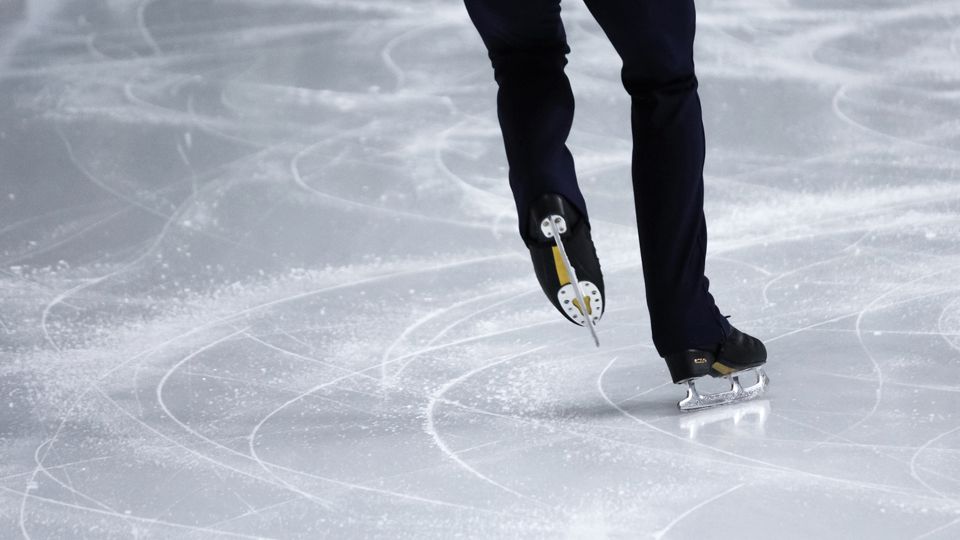
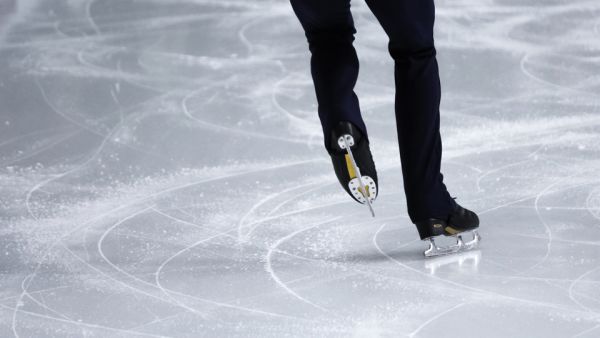
Additionally, the profile of the blade refers to its cross-sectional shape. Different profiles, such as flat-bottom V, shallow or deep hollows, impact your balance, turning ability, and speed control. Experimenting with different profiles can help you find the one that complements your skating style and preferences.
Blade materials and quality
Blade materials play a significant role in blade performance, durability, and edge retention. High-quality blades are typically made from stainless steel or a combination of steel and other alloys. These materials offer excellent strength, corrosion resistance, and maintain their sharpness for longer periods.
Investing in blades of good quality ensures that they will withstand the rigors of the ice and provide consistent performance over time. It’s worth considering blades with advanced coatings or treatments that enhance glide and reduce friction, further enhancing your skating experience.
Blade mounting and alignment
Proper blade mounting and alignment are critical for optimal performance and stability on the ice. Blades should be securely mounted to the boot, and their alignment should be in line with your skating style and foot position.
Correct blade alignment ensures even weight distribution and balanced edges during skating. It’s advisable to seek professional assistance when mounting or aligning blades to ensure accuracy and precision.
Sharpening and maintenance guidelines
To maintain peak performance, it’s important to regularly sharpen your blades. Sharpening removes nicks and imperfections, restoring the sharpness of the edges. The frequency of sharpening depends on factors such as usage, skating style, and personal preference.
As a general guideline, it’s recommended to have your blades sharpened every 10-20 hours of skating or when you notice a decline in performance.
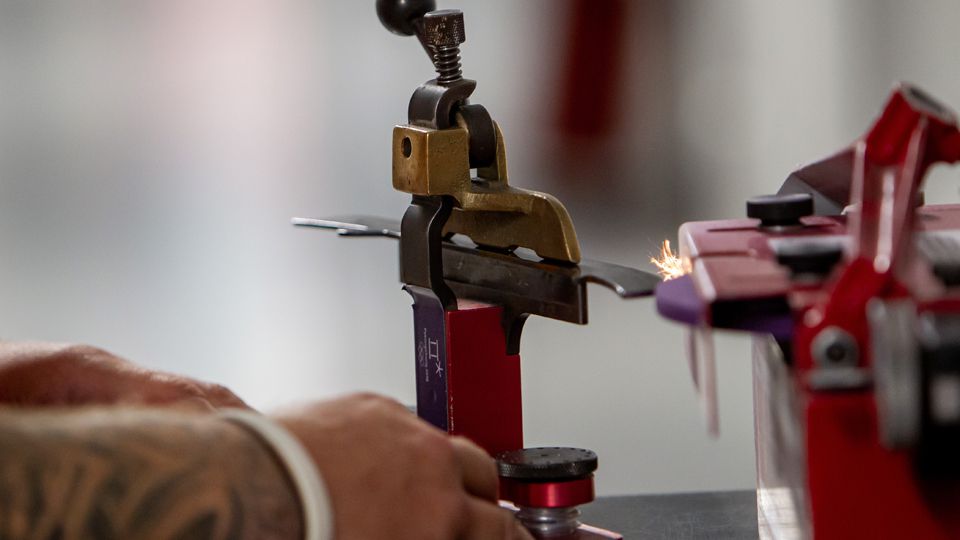

Proper blade maintenance is crucial to prolong their lifespan. After each use, wipe off any moisture and debris from the blades to prevent rusting. Using blade guards when off the ice helps protect the edges from damage. Store your skates in a dry and cool environment to maintain blade quality and prevent deterioration.
Remember, proper blade care and maintenance not only extend the life of your blades but also contribute to your overall skating experience.
6. Exploring Boot Features
When it comes to skating, the boot is your connection to the ice, providing comfort, support and control. Let’s dive into the fascinating world of boot features, shedding light on the factors that can greatly enhance your skating experience.
Boot materials and construction
The materials used in the construction of ice skate boots play a vital role in their comfort, durability, and overall performance. Common materials include leather, synthetic materials, or a combination of both.
Leather boots offer excellent breathability, moldability, and durability, while synthetic materials provide lightweight and water-resistant options.


Additionally, the construction of the boot influences its flexibility and responsiveness. Double or triple-layered boots with reinforced heels and toe boxes offer enhanced durability and support. Look for boots with well-constructed seams and quality stitching, as they contribute to the overall longevity of the skate.
Ankle support and boot stiffness
Ankle support is crucial in maintaining stability, preventing injuries, and allowing for confident movements on the ice. Ice skate boots offer varying levels of ankle support, ranging from soft to stiff.
Beginners and those seeking maximum ankle support should opt for boots with higher cuts and more rigid structures. These provide stability during learning phases and help prevent ankle sprains. As skaters progress and develop more advanced techniques, they often transition to boots with lower cuts and increased flexibility to allow for greater freedom of movement.
Lace-up systems and closures
Lace-up systems and closures are essential for securing the boot firmly around your foot and ankle. Traditional laces are widely used and offer adjustability and customization, allowing you to achieve the desired level of tightness and support.
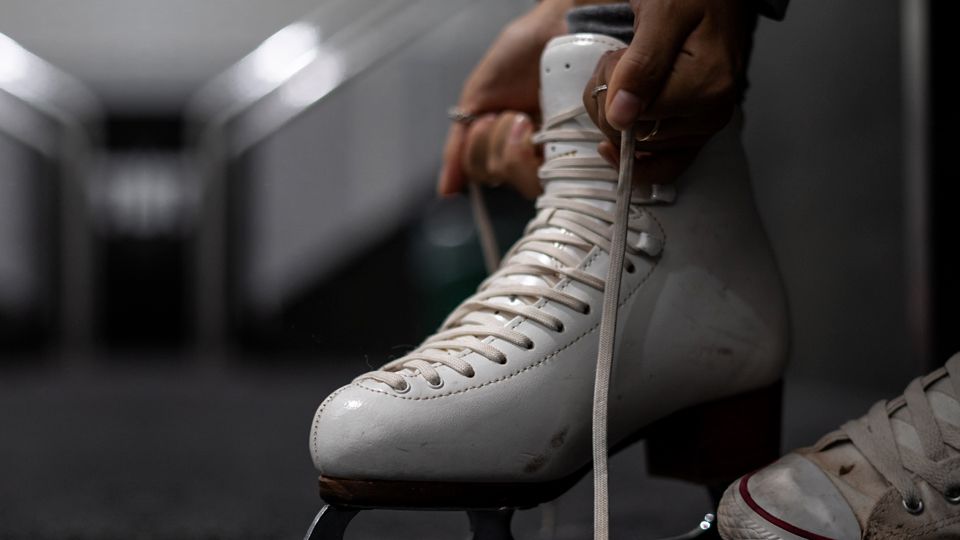
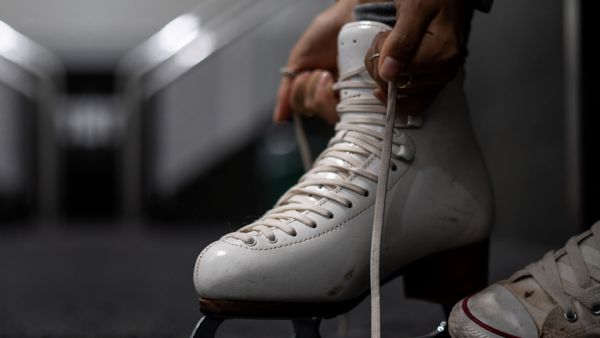
However, alternative closure systems have gained popularity in recent years. These include hook-and-loop straps, ratchet buckles, or a combination of different closure mechanisms. These systems offer quick and easy fastening, precise tension adjustment, and reliable support.
Select the closure system that best suits your preference, ensuring that it provides a secure fit while allowing for necessary adjustments during skating.
Heat-molding and customization options
To further enhance comfort and fit, some ice skate boots offer heat-molding capabilities. Heat molding involves using specialized equipment to soften the boot’s materials, allowing them to conform to the shape of your foot for a personalized fit. This process helps alleviate pressure points and provides a more comfortable and supportive skating experience.
Customization options such as additional padding or insoles can also be beneficial in fine-tuning the fit of your ice skates. These modifications address specific comfort or support needs and can greatly enhance your overall skating performance.
Remember, the perfect combination of boot materials, ankle support, lace-up systems, and customization options will vary depending on your individual preferences, foot shape, and skating style. Take the time to try on different boots, consult with professionals if needed, and find the boot that provides the ideal balance of comfort, support, and performance.
7. Considering Additional Factors
While understanding the key elements of ice skates, such as blade features and boot considerations, is crucial, there are additional factors to keep in mind when choosing the perfect pair. Let’s explore these aspects to ensure you make an informed decision that aligns with your needs and preferences.
Budget considerations
Before diving into the wide range of ice skate options, it’s essential to establish a budget. Ice skates come in various price ranges, and determining how much you’re willing to invest will help narrow down your choices.
Remember that higher-priced skates often offer advanced features and superior materials, but there are also excellent options available for more budget-conscious skaters.
Brand reputation and reviews
When it comes to purchasing ice skates, considering brand reputation and reading reviews can provide valuable insights. Established brands with a history of producing high-quality skates are often a reliable choice. Look for brands that are known for their expertise in ice sports and have a positive reputation among skaters.
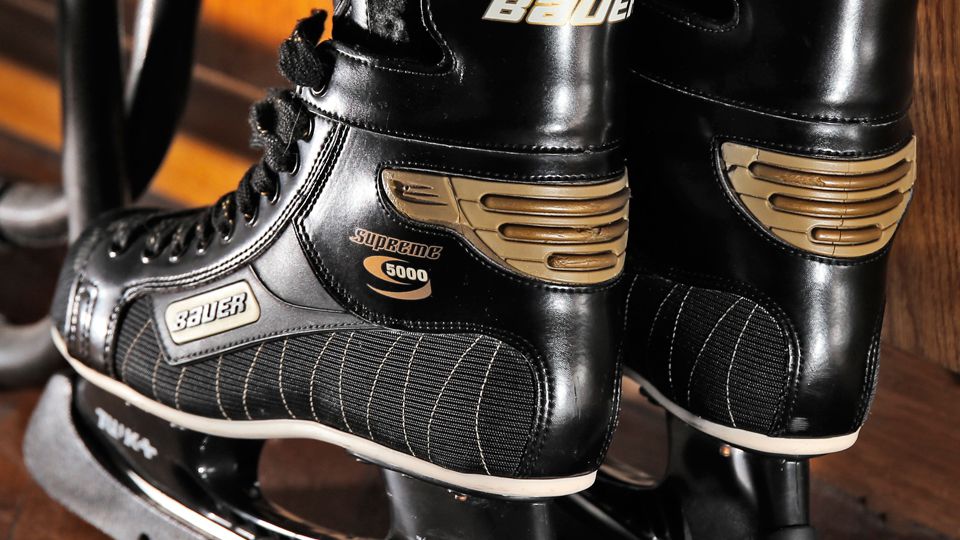
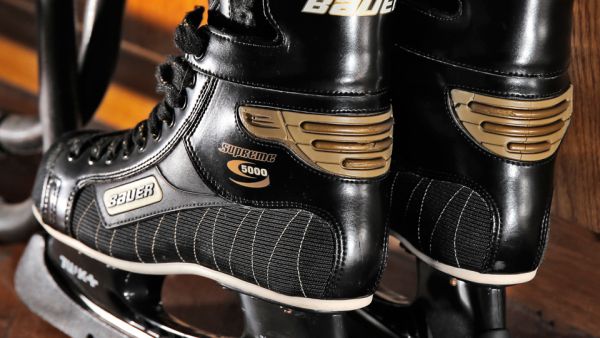
Additionally, reading reviews from other skaters can give you an idea of the overall satisfaction and performance of specific models. Pay attention to feedback regarding comfort, durability, and overall value for money.
Trying before buying
While online research can provide valuable information, nothing beats trying on ice skates in person. Visit a local sporting goods store or skate shop that offers a wide selection of ice skates. Trying different models and sizes will give you a better understanding of how they feel on your feet and allow you to assess comfort, fit, and overall performance.
When trying on skates, wear the same type of socks you would typically use while skating to ensure an accurate fit. Walk around and flex your ankles to gauge the level of support and flexibility provided by the boots. Remember that a well-fitting pair of ice skates should feel snug but not overly tight or constricting.
Seeking professional advice
If you’re new to ice skating or unsure about which skates to choose, don’t hesitate to seek professional advice. Skating coaches, experienced skaters, or knowledgeable staff at skate shops can provide valuable insights and recommendations based on your skill level, skating goals, and foot characteristics.
These experts can guide you through the selection process, help assess the fit, and address any concerns or questions you may have. They can offer personalized advice and recommend specific models or features that best suit your needs.
By considering budget, brand reputation, and reviews, trying on skates before buying, and seeking professional advice, you can make a well-informed decision that maximizes your skating experience. Remember, finding the perfect ice skates is a journey, and investing time and effort into selecting the right pair will greatly contribute to your enjoyment and progress on the ice.


Now armed with knowledge and insights into choosing the perfect ice skates, it’s time to lace up, hit the ice, and embark on a fulfilling ice skating journey. Whether you aspire to perform graceful figure skating routines, engage in thrilling hockey matches, or simply glide leisurely across the ice, your passion for this beautiful sport will fuel your progress.
With the right ice skates, personalized to your needs, you’ll have the confidence to explore new techniques, push your boundaries, and unlock your full potential.
So, lace up your skates, feel the crisp ice beneath your blades, and let the magic of ice skating transport you to a world of grace, strength, and sheer joy. With the right ice skates as your trusted companions, the possibilities are endless. Embrace the thrill of the ice and revel in the incredible experience of gliding, spinning, and soaring across the rink.
- Photo by freestocks on Unsplash
- Photo by Keith Johnston on Pixabay
- Photo by Zoë Warmerdam on Unsplash
- Photo by Pech Frantisek on Pixabay
- Photo by Richard Ciraulo on Unsplash
- Photo by weston m on Unsplash
- Photo by Natalya Karpeka on Unsplash
- Photo by Astrid Schaffner on Unsplash
- Photo by 995645 on Pixabay
- Photo by Kelli McClintock on Unsplash
- Photo by 134213 on Pixabay
- Photo by David Mark on Pixabay






